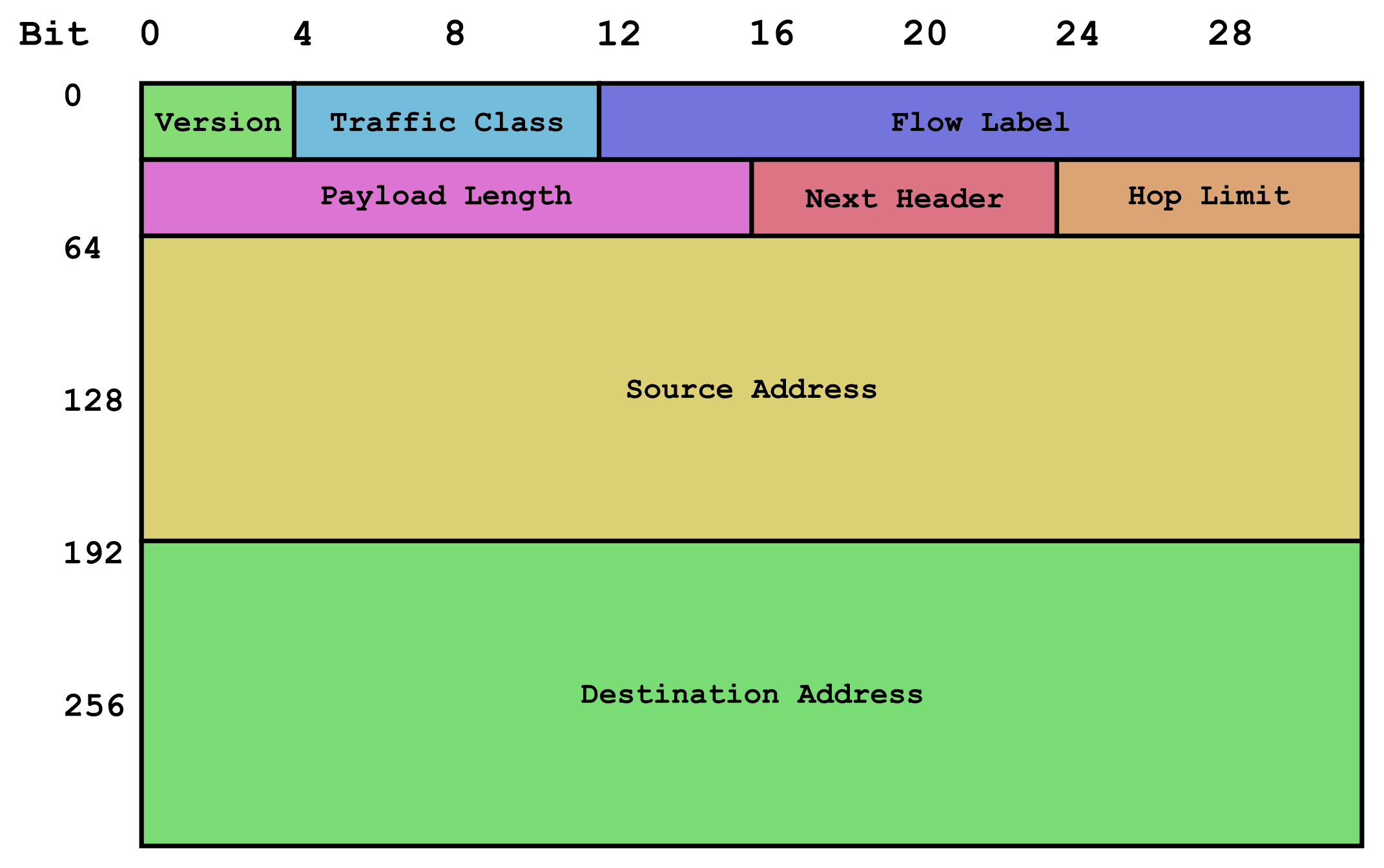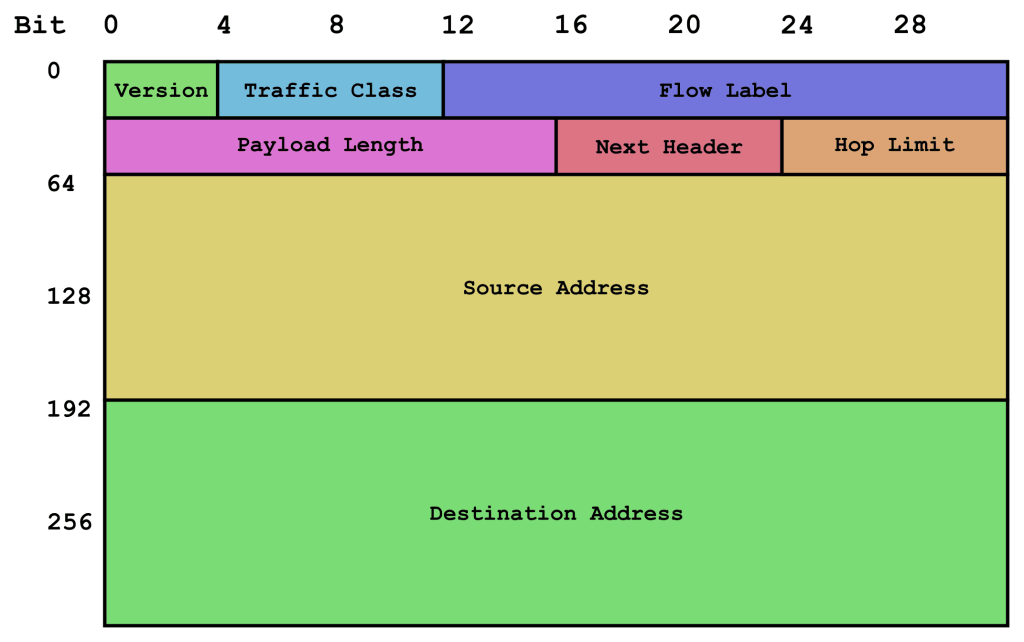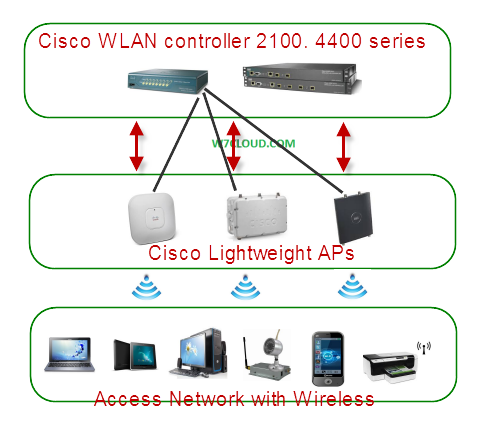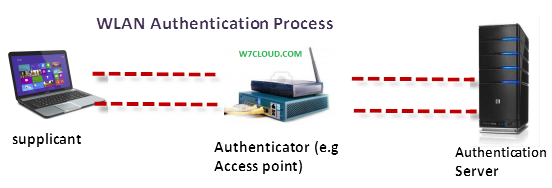
As a CCDA candidate you need to have high level understanding of IPv6, specification and IPv6 design issues. Also must understand how an IPv6 address is represented and the different types of IPv6 addresses.
Why we need IPv6?
IPv6 is a mechanism that is really put together to overcome the limitation of IPv4 standard. The shortcoming of IPv4 that it is of 32 bits and we have 4.2 billion maximum number of IP addresses most part of these IP addresses include private IP addresses, multicast IP addresses and some portion is reserved for experiment, so we are running out of IPv4 addresses. Explosion of IP devices and growth of internet all over the world especially in some Asian countries like China, India, Russia and Japan, it is predicted that one day we have finish all the IPv4 addresses. So we have the IPv6 for future purposes, in USA different organizations and agencies start using IPv6. Google and Facebook are also accessible in the IPv6 Internet. Some countries such as Japan directed IPv6 compatibility back in 2005. Other countries, such as China, France, and Korea, have been implementing IPv6. The 2008 Summer Olympics was accessible from the IPv6 Internet. The U.S. federal government had mandated all agencies to support IPv6 by mid 2008. Operating systems such as Windows 7, Vista, Linux, Mac OS, and others all support IPv6.
Designing IPv6 Network:
While designing an IPv6 network you should be aware of certain thing like different types of IPv6 addresses, different rules for representation of IPv6 and different IPv4 to IPv6 transitions strategies. So go through all these articles then decides the correct IPv6 scheme/range and best transition technique for your network. Also you need to considers as above different other aspect related to IPv6 like DNS, DHCP, routing protocol and other protocols which we will discus at the end of this article.
IPv6 header is also important to understand, bcause there are a lot of QoS option that can modified with IPv6 header according to your network.
IPv6 header:
IPv6 address space is 128 bits which is four times more than of IPv4, so we have the large number of IP addresses in IPv6 i.e. maximum number IPv6 addresses are 3.4 x 1038. IPv6 have the following Header which include the field like version, class of traffic, flow Label, Payload Length, Next Header, Hop Limit, source IPv6 address and destination IPv6 address.
picture Ref: http://upload.wikimedia.org/wikipedia/commons/6/6b/IPv6_header_rv1.png
Version field of IPv6: Version field is of 4 bits and it is indicating the version of IPv6.
Class of traffic: this is 8 bits field and it is like the TOS (traffic of service). It tags the packets with traffics class that uses in Differentiated services.
IPv6 Flow Label: You can use this field for quality of service. It is a new field in IPv6 and Flow label is of 20 bit and it tags the flow for IP packets, this can be used for multilayer switching techniques and give us the fastest packet switching performance.
Payload Length: This field is same as total field length field of IPv4.
Next Header: This is an important IPv6 header field and the value of this field determined the type of information that follows the basic IPv6 header, it could be a transport layer packet (TCP/UDP packet). Next header field is the equivalent to protocol field of IPv4.
IPv6 Hop Limit: this limit the maximum number of hop that an IP packet can traverse, on each router decrement this field by one. This is similar to TTL (time to live field) in IPv4.
Source address: In IPV6 source address is the IPv6 address of the sender. It is of 128 bits and has 8 octets.
Destination Address: the destination address is the IPv6 address of final destination or receiver.
IPv6 Mechanisms :
There are different service and protocols that supports IPv6 mechanisms
ICMPV6:
We have ICMP in IP version 4, for IPv6 we have the modified version of ICMP for IPv6 i.e. ICMPv6 that perform the same functionality as in the IPv4 and it has the header number 58. It has the information like echo request, echo reply, error messages like destination unreachable, packet too big, use for determining the neighbor availability, path MTU, and destination address.
IPV6 ND (Neighbor Discovery Protocol):
IPv6 ND is the network discovery protocol for IPv6. IPV6 does not use the ARP and it use the IPV6 ND to discover all the other node in same link and also check for the duplicate address and find the route in the link. IPv6-ND has some extra features than ARP it perform the auto configuration so a device can find it IPV6 address without any DHCP sever, it discover the prefixes, parameters like link’s MTU and Hope count. It does the address resolution same like ARP in IPv4 and also do the redirection as well.
Name Resolution:
IPv6 for name resolution use the A record in DNS, RFC 3596 define a new record for IPV6 DNS that is called AAAA record (Quad A). Quad A is used for resolving system-name into IPv6 address.
PATH MTU Discovery:
Ipv6 don’t allow the packet fragmentation though the network, only send host are allowed. Routers are allowed to send fragment packets. MTU of every link in IPV6 implement must be greater than 1230.
DHCPv6:
DHCPv6 is a protocol used for automatic assignment of IPv6 addresses to hosts. It is same like DHCP in IPv4 environment but it gives more control.
IPv6 Security:
IPv6 have some security methods for providing security. IPv6 support natively IPSEC which is an open security framework and also support AH/ESP which are the main protocols for encryption and security.
IPV6 Routing Protocols:
Some of routing protocols are redesign for supporting IPv6, these protocols includes:
- RIP-nG (RIP new generation)
- IS-IS
- EIGRP for IPv6
- OSPF v3
- BGP also have some new mechanism for supporting IPv6
You can also learn more about selecting a routing protocol.
IPv6 Deployment Models
Deployment of IPv6 can be done in one of the following models:
Dual-stack model (IPv4 and IPv6 coexist on hosts and network)
Hybrid model (combination of ISATAP or manually configured tunnels and dualstack mechanisms)
Service block model (combination of ISATAP and manually configured tunnels and dual-stack mechanisms)














